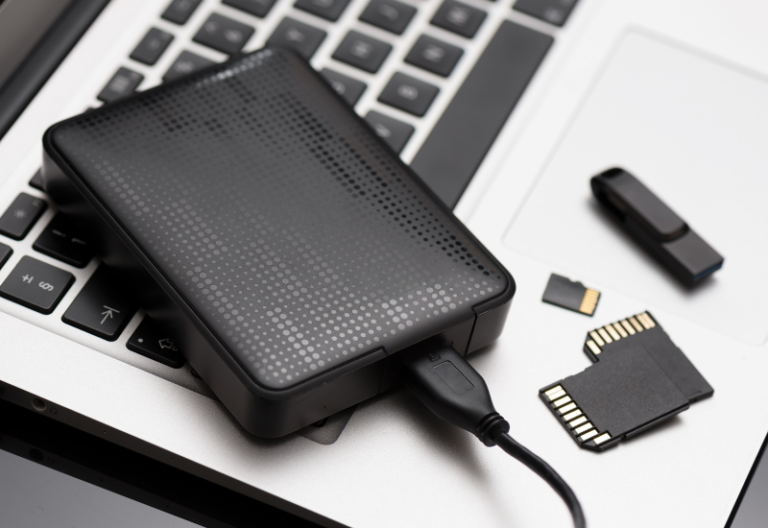Secure document transfer is a must for organizations and professionals handling sensitive documents. If you’re providing healthcare, financial, or insurance services, it’s crucial to handle customer data with care.
5 Tips for Secure File Sending and Document Sharing:

What Is Secure Document Transfer?
Many online solutions market their services as secure. However, security features such as encryption or multi-factor authentication are not enough to protect transmitted information. An online tool that enables secure file sharing should have the means necessary to safeguard the confidentiality, integrity, and authenticity of transmitted data.
Here are some helpful tips for sending files securely.
1. Use a secure document transfer tool
Not all document transfer tools are created equal. When looking for secure document transfer online tools, make sure that they provide these features:
- Encryption – The content is converted into codes that can only be deciphered with the appropriate decryption keys.
- Secure protocols – Secure communication protocols like HTTPS (hypertext transfer protocol secure) for web-based transmissions and SFTP (Secure File Transfer Protocol) for file transfers add an extra layer of protection.
- Authentication – Passwords, usernames, multi-factor authentication, and digital signatures ensure that documents are received only by the intended recipients.
- Access controls – Restrictions on who can view, edit, or download documents apply to maintain confidentiality.
- Audit trails – A record of document transfers, including who accessed the documents and when, helps monitor potential security incidents.
- End-to-end encryption – The document remains encrypted from sender to receiver.
- Data backup and recovery – Documents remain accessible and available in case of natural disasters, cyberattacks, system failure, and other unfortunate incidents.
- System monitoring and risk analysis – The document transfer tool must be continuously monitored for vulnerabilities. Regular testing must also be done to prevent security mishaps.
- Compliance – The secure document transfer solution complies with relevant regulations such as HIPAA or GDPR and security standards such as PCI-DSS and SOC 2.
2. Regularly patch and update software
Security patches and updates address vulnerabilities and enhance the overall security of your system. The Verge reports on the MOVEIt cyberattacks, one of the biggest data thefts in 2023. A vulnerability in the enterprise file transfer tool MOVEit Transfer permitted cyber attackers to execute arbitrary code and commands. MOVEit Transfer released a security patch, but SecurityTrust says that some organizations using the service did not promptly apply it, compromising millions of individuals’ data.

3. Use secure file attachments
When sending documents via email or fax, encrypt or password-protect sensitive documents. You might be tempted to write your message in plain text within the message body since this is faster. However, doing this may expose sensitive data to unintended recipients. Use a secure document-sending tool with encryption or passwords for file attachments.
4. Train employees in best practices
Staff training is the best complement to your secure document transfer tools. Get training from proven security and privacy specialists to gain updated knowledge on the latest best practices when transferring files. You can also request training on HIPAA technical, security, and administrative safeguards.
5. Review and update policies
Do you have security and privacy policies related to file sharing? It’s the best time to create or review these policies. Technology changes, and new threats emerge. If your organization values data privacy and security, you must maintain a proactive posture. Take pre-emptive action before a security incident or data breach could happen.

Why You Should Invest in Secure Document Transfer Tools
Secure document transfer is critical as data breaches are on the rise. The HIPAA Journal reports that in 2023, healthcare records faced their most significant number of breaches, with a 156% surge from 2022. This translates to 133,068,542 breached documents, beating the record of 113 million set in 2015. On average, 378,788 healthcare records were compromised daily in 2023. If your organization suffers a HIPAA breach, you will not only compromise your customer’s data, but you might also face massive fines and legal action.
Experience Fast and Secure File Transfers With iFax
iFax enables quick and secure document transfers online. Our cloud-based platform provides a complete messaging suite for sharing files securely. Plus, you can track the status of your document transfers in real time through app notifications and automatic email updates.
With iFax, you can safeguard document exchanges with military-grade encryption and other advanced features such as:
- Secure digital signatures
- Two-factor authentication
- Automatic document deletion
- Customizable access controls
- Real-time transmission logs
So why take risks when there’s a platform that puts your document’s safety above anything else? Request a demo now or select a plan.







